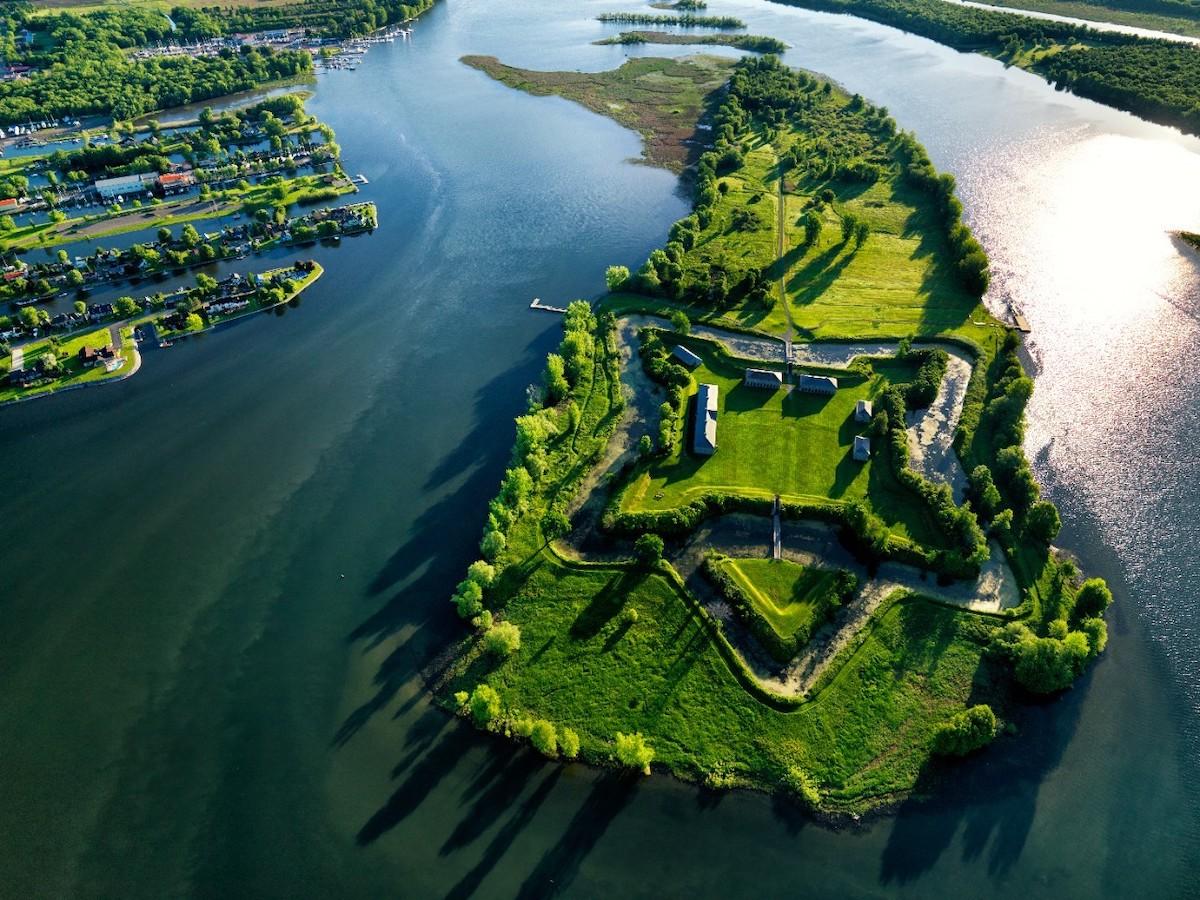
Fort Lennox National Historic Site in Quebec has reopened after five years/Parks Canada
Fort Lennox National Historic Site reopened June 17 after five years of major infrastructure work and the refurbishment of heritage buildings.
With more than $14 million ($10.5 million USD) in funding from the Federal Infrastructure Investment Program, Parks Canada has restored and enhanced the site in Saint-Paul-de-l’Île-aux-Noix, Quebec.
A new exhibition — "Passages, experiences of this island" — will present the human history of this unique place and unlock the secrets of the imposing barracks building. Displayed in a renewed space, the exhibition tells the story of the small Ile aux Noix and highlights the human occupation of the island from 6,000 years ago to this day while showcasing the site’s rich archaeological collection.
Fort Lennox is a British fortification built between 1819 and 1829. The most important restoration work was carried out on the soldiers’ barracks, with major masonry work on its foundations and exterior walls.
“Thousands of visitors are expected this summer, who will be able to take advantage of their visit to Fort Lennox to enjoy a microadventure on the banks of the Richelieu River, and thus contribute to the economic development of our region,” Isabelle Charlebois, executive director of Tourisme Haut-Richelieu, said in a news release.
Fort Lennox can only be reached by boat and a shuttle boat is included in the entrance fee. The site was open on the weekend of June 17 and 18. It will now be open daily from 10 a.m. to 5 p.m. between June 23 and Sept. 4. From Sept. 8 to Oct. 9, it will be open Fridays, Saturdays, Sundays and public holidays from 10 a.m. to 5 p.m.
For the barracks conservation project, Parks Canada said the challenge was to restore the structure with modern features while respecting the heritage value of this emblematic building.
Five major interventions took place:
• The barracks are built on clay soil, with the water table only three feet from the surface. These conditions caused the foundation stones to loosen over time, causing the building’s corners to sink. The foundations were consolidated and stone was added to the base of the building to stop this phenomenon.
• Restoration of the masonry of the pediment, the grand staircase and the corners of the building. To preserve the integrity of the barracks, al stones were numbered, dismantled, restored and reinstalled in their original positions.
• On the outside walls, the grout between the stones was redone and 495 masonry stones were repaired. Other stones were replaced by new ones cut from the same type of limestone as the originals.
• All the windows were repainted.
• Inside the building, work was done to replace displaced bricks and fill cracks.
Other essential maintenance and restoration work on some of the adjoining infrastructure was done to ensure public safety, including:
• Redevelopment of service areas such as family areas and inclusive washroom facilities.
• Creating a new maintenance room for the historical objects collections.
• Redevelopment of the upstairs exhibition room (dormitory).
• Important work on main gate of the fortification and its bridge.
• Upgrading of the docks on the river to make transportation on the island safer and easier for technical operations, and for the general public’s nautical transportation.
• Improvements to service buildings such as the visitor center.


